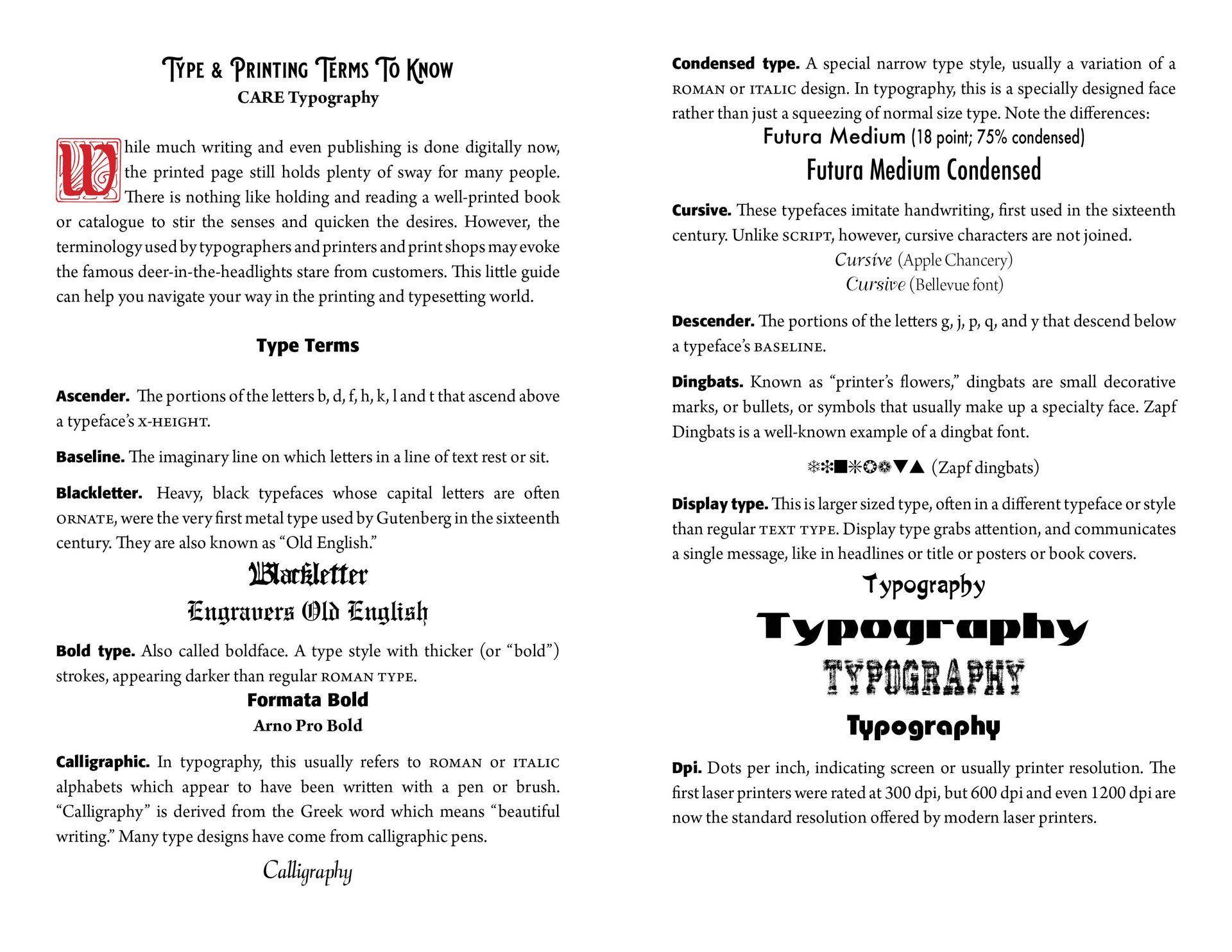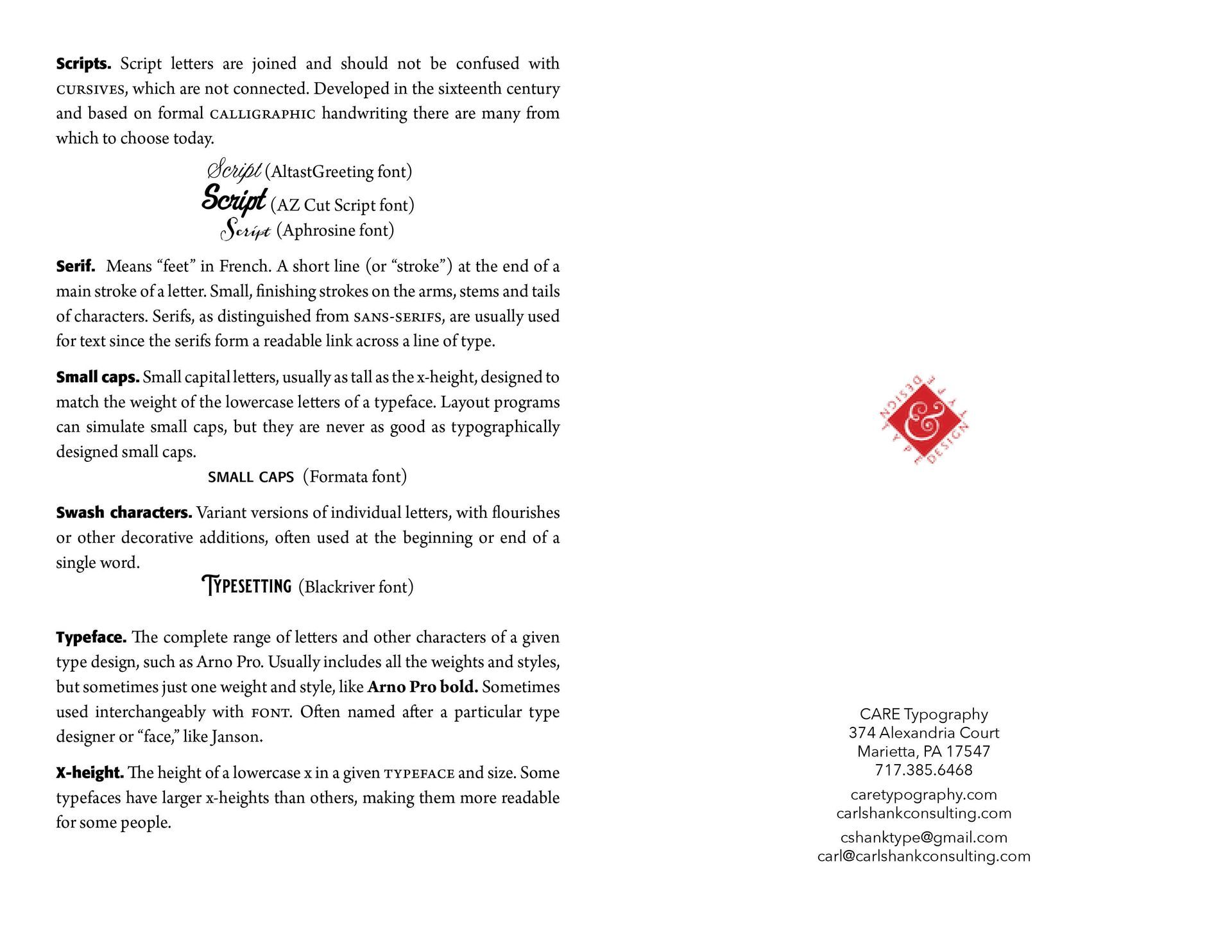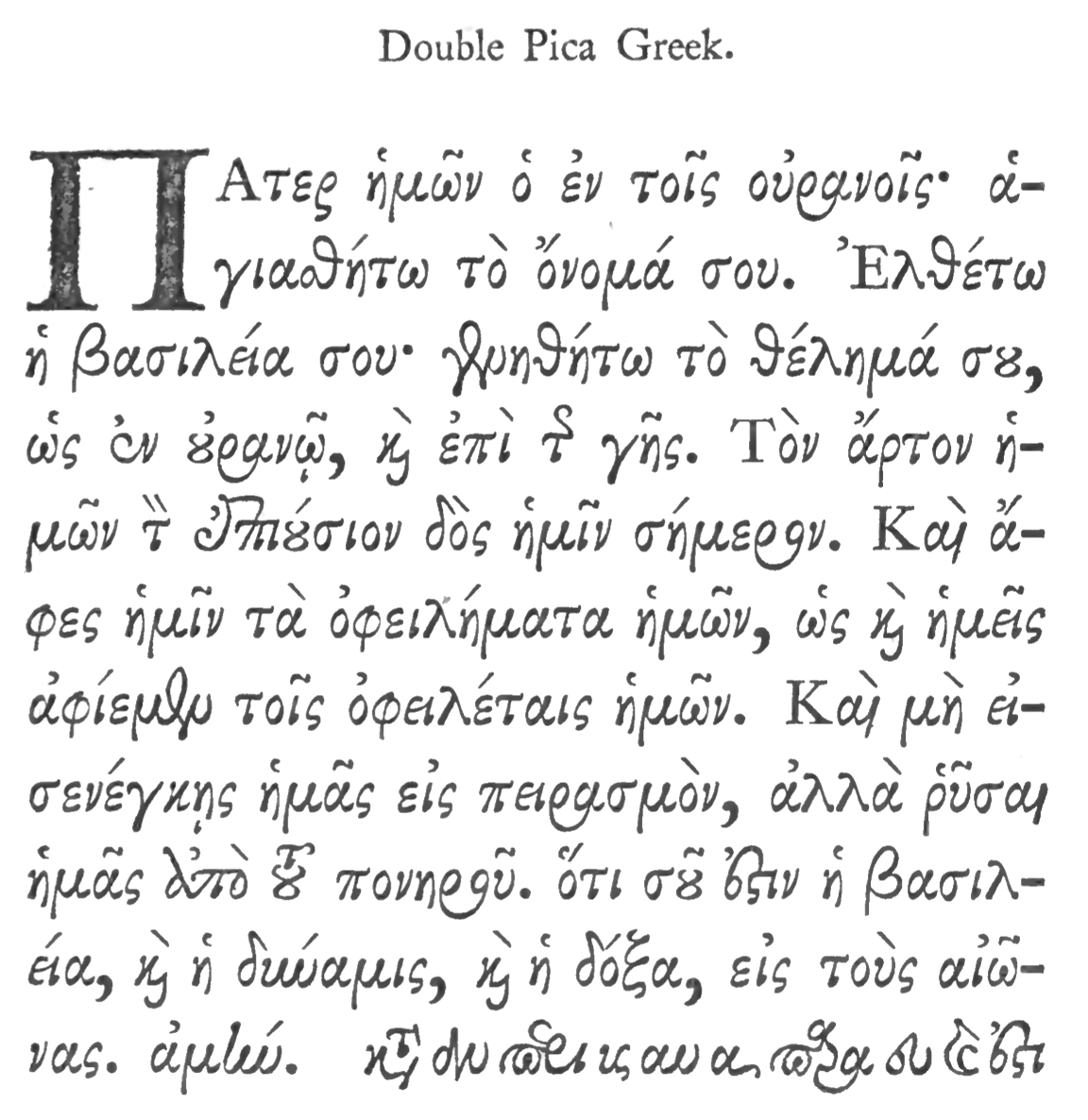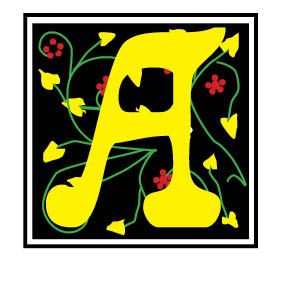Type Terms
Type and Printing Terminology. When I was employed in a very busy print shop outside of Washington, D.C. customers would come into the shop asking for printing help and advice. Usually, the conversation would go something like this — "I need some invitations to a party I am hosting. What do you recommend?" I would respond by asking what kind of party and who is invited, trying to get some idea as to the type of invitation that would be appropriate. Sometimes I would pull out a sample book of invitations for the customer to peruse.
When I would ask what kind of type they would want, the conversation would continue — "Oh, I don't know. Something that will grab their attention, maybe big type with an illustration or picture." Or, if it was a pamphlet they wanted printed, they would say, "Just make it easy to read." They knew little to nothing about typefaces and fonts or display type and leading and those things typesetters and printers almost take for granted. They did not know the language or enough about printing and typography to guide the conversation or answer a few leading questions. Or, they would produce a piece they received somewhere and ask if we could imitate that in our set up and printing. As I would seek to explain what was involved, there would be a deer-in-the-headlights kind of interaction that would take place. Big, small, medium size, looks nice, easy to read at a distance, similar to what I saw downtown — these would be their guiding hints.
Certainly, everyone needs a bit of education as to typography and printing language. And this not only for those of us in the business, but for inquiring customers and consumers of printed pieces as well. There are good type and printing glossary guides available.* Here's a sampling of what might be helpful the next time you go to the printshop for some help.
*https://www.canva.com/learn/typography-terms/. https://www.monotype.com/resources/z-typographic-terms. Glossary of Typesetting Terms (Chicago Guides to Writing, Editing, and Publishing), University of Chicago Press, 2008.



Successful Layout & Design



